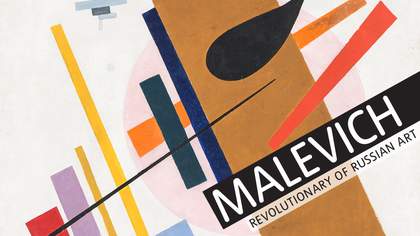
Farhad Ahrarnia
Ceremony of Us 2009
Inlaid Khatam and industrial paint on wood panel, 640 x 650mm
© Farhad Ahrarnia, courtesy Maraya Art Centre, Sharjah
Kazimir Malevich’s painting Black Square 1915 resonates with me and reminds me of the cubic structure of the Kaaba, floating in a sea of pilgrims dressed in white from head to toe - a familiar image with anyone living in the Middle East.
Growing up in Iran during the 1970s and the 1980s, my childhood days were spent in the city of Shiraz, a labyrinth of structures influenced by modernism, built among and upon organic ruins and leftovers of ancient vernacular architecture. As I perceive Shiraz through a Malevichian lens, I see the intermingling of these spatially and temporally varied spaces functioning as a prism, with the effect of creating a fractured, punctuated, yet dynamic and animated twentieth-century city. In parts this is reminiscent of Malevich’s architectural models, where protruding cubic shapes flow outwardly with different rhythms and in opposite, irregular directions. Beautiful, poetic and captivatingly architectonic.
I can’t recall the very first time I encountered an artwork by Malevich; no set dates, no particular book or specific place to mention in order to lend a greater significance to this act of initiation, my introduction, a love affair! Although when at last a painting of his did register with me, it was as if the image and the imprint of the work had always been part of my archaic subconscious. And now that it had surfaced and miraculously found its mirror image in the physical world through his art, with a great sense of relief I could get on with appreciating and understanding its sublime beauty and quasi-religious power.
In my practice, from the outset I gravitated towards adopting craft-making techniques such as embroidery, engraving and, most recently, marquetry, where art meets engineering. My interest in Malevich grew deeper when I started to consider the application of my embroideries as an act of construction. The equally positioned square holes in the surface of my digitally printed embroidery fabrics function as a grid and enable me to travel physically through my work, thus producing a kinetic impact on a static surface. Malevich creates movement most effectively through his compositions, choice of colours and forms. I therefore continuously refer to his work as a blueprint for my embroideries and marquetry to suggest displacement, movement and collision - however lightly, and eternally.

